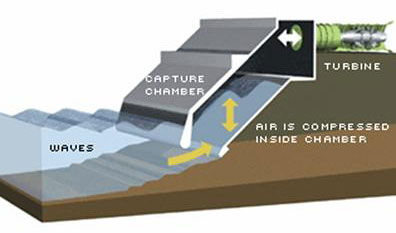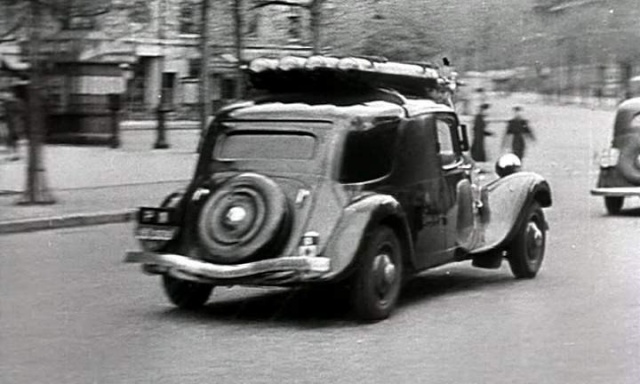SayamaAccord
And still...
I think fuel cost.
Looks like electric is cheaper
"Charging an electric car at home costs about £3.00 for a full charge or 2p per mile. Average overnight electricity rate is 10p per kWh, which means charging your car for as little as 2p per mile. Fully charging a 30kW Nissan LEAF will cost about £3.00and give you about 150 miles of range."
http://www.thisismoney.co.uk/money/cars/article-3581468/First-London-based-super-green-hydrogen-station-opens-Teddington.html
Looks like electric is cheaper
"Charging an electric car at home costs about £3.00 for a full charge or 2p per mile. Average overnight electricity rate is 10p per kWh, which means charging your car for as little as 2p per mile. Fully charging a 30kW Nissan LEAF will cost about £3.00and give you about 150 miles of range."
http://www.thisismoney.co.uk/money/cars/article-3581468/First-London-based-super-green-hydrogen-station-opens-Teddington.html






